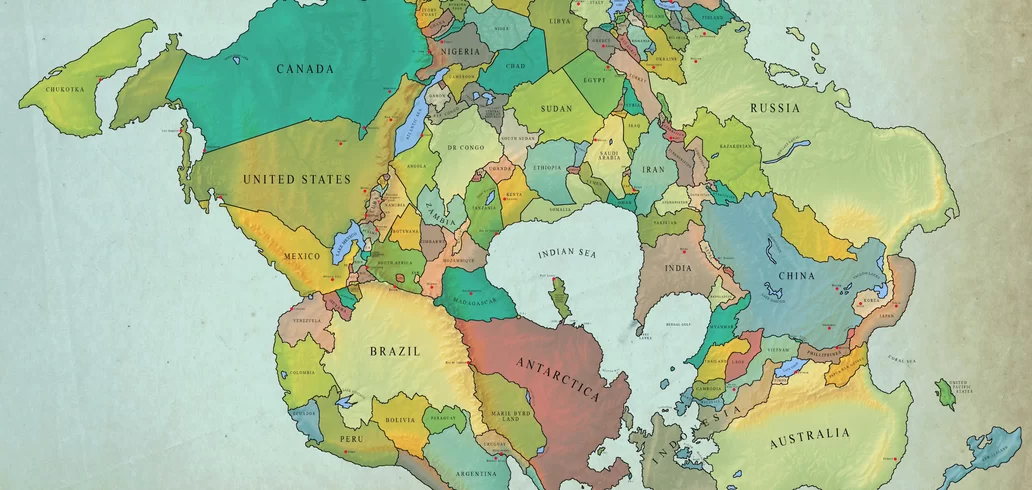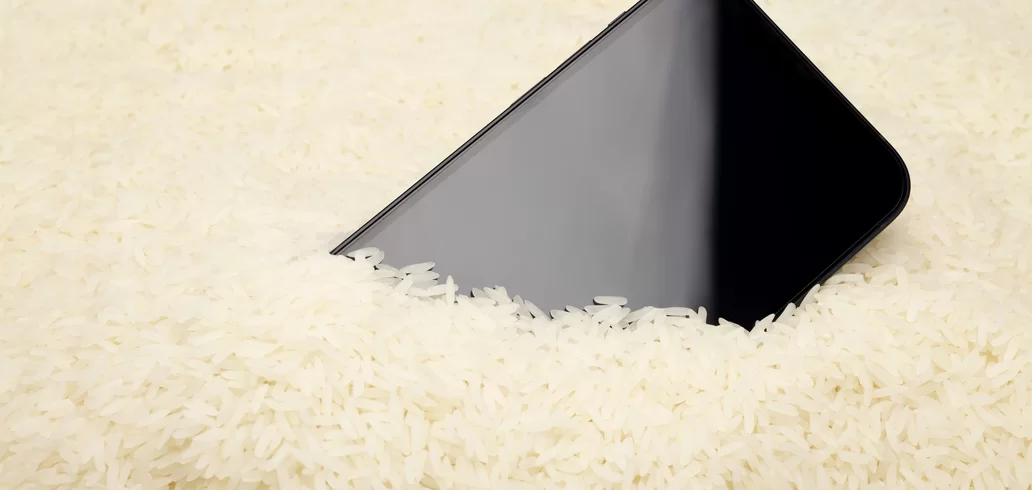Technology
1 liter of water can contain 240,000 pieces of microplastics, study finds
Advertisement
Dangers of microplastics
Microplastics pose a significant threat to the environment and human health. Here are some of the main dangers associated with these tiny plastic fragments:
1. **Food chain contamination:** Microplastics are often ingested by marine organisms, such as fish and shellfish, which mistake these fragments for food. When humans consume these marine organisms, there is a risk of ingesting microplastics, which can accumulate in our digestive system.
2. **Toxicity:** Microplastics can attract and concentrate persistent organic pollutants present in water, such as pesticides and industrial chemicals. When ingested by animals or humans, these pollutants can be released into the body, causing harm to health.
3. **Impact on wildlife:** Ingesting microplastics can cause harm to marine organisms, such as obstruction of the digestive tract, reduced feeding capacity and stunted growth. This can lead to negative consequences for marine species populations and ecosystems in general.
4. **Transport of invasive organisms:** Microplastics can serve as vectors for the spread of invasive species, such as bacteria, algae and larvae of marine organisms. This can negatively affect biodiversity and the stability of ecosystems.
5. **Contamination of drinking water:** The presence of microplastics in drinking water poses a risk to human health, as these fragments can be ingested along with the water we drink.
6. **Economic impacts:** Microplastic contamination can negatively affect industries such as fishing and tourism, as well as increase the costs of water treatment and cleaning beaches and bodies of water.
Therefore, it is crucial to take measures to reduce the production, use and disposal of plastics, as well as to improve waste management, in order to mitigate the impacts of microplastics on the environment and human health.
Expectations for the future
When it comes to microplastics, there is expected to be a growing awareness of the harm these materials can cause to the environment and human health. With this awareness, governments, businesses and individuals are expected to take more stringent measures to reduce plastic production, implement more efficient recycling practices and find sustainable alternatives to conventional plastics.
In addition, significant advances are expected in technologies for removing microplastics from water bodies, as well as in methods for monitoring and assessing microplastic contamination in aquatic ecosystems.
In the field of scientific research, more studies on the effects of microplastics on human health and wildlife are expected to develop a more comprehensive understanding of the risks associated with these materials and inform more effective management policies and practices.
Furthermore, a cultural shift towards a more sustainable lifestyle is expected, with a greater focus on reducing the consumption of disposable plastics, reusing materials and promoting conscious consumption practices.
However, tackling the problem of microplastics will require coordinated efforts at a global level and an integrated approach involving governments, the private sector, civil society and the scientific community.





